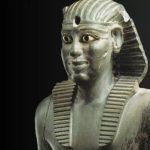Double Statue of Ramesses II and the Goddess Sekhmet
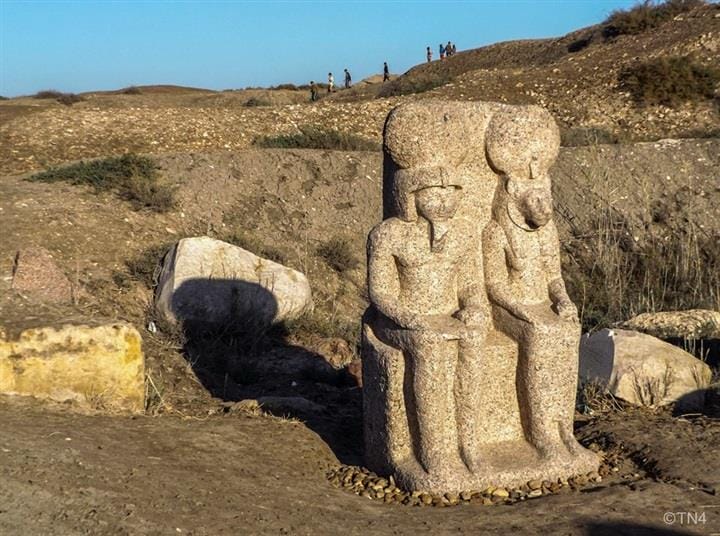
Double Statue of Ramesses II and the Goddess Sekhmet
Date: New Kingdom, 19th Dynasty (reign of Ramesses II)
Origin: Buto (Pharaohs’ Mound), near Desouk, east of Alexandria, in the Nile Delta of Egypt
This majestic double statue depicts Pharaoh Ramesses II standing beside the lion-headed goddess Sekhmet, symbolizing royal power united with divine protection and strength.
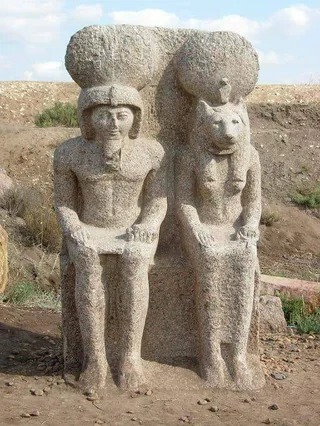
Ramesses II and the Goddess Sekhmet is a remarkable example of New Kingdom Egyptian art and religious symbolism. Dating to the 19th Dynasty, around 1279–1213 BCE, this piece typically depicts Pharaoh Ramesses II, one of Egypt’s most powerful and celebrated rulers, in the presence of Sekhmet, the lion-headed goddess of war, destruction, and healing.
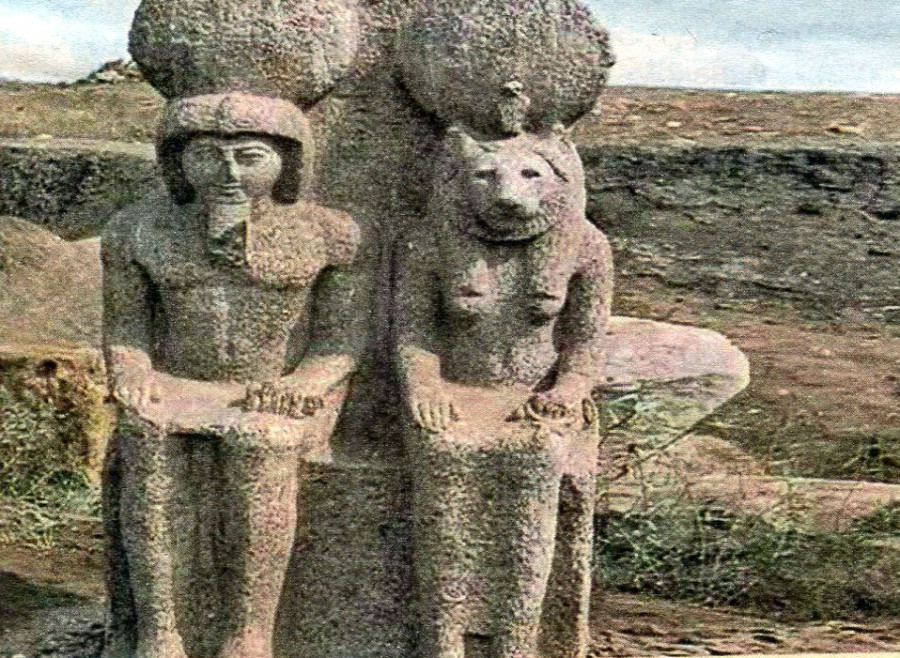
Sekhmet, often shown with a fierce lioness head and a solar disk on her crown, embodies both the protective and destructive aspects of divine power. In these depictions, Ramesses II is portrayed making offerings or receiving protection from Sekhmet, emphasizing his divine right to rule and his connection to the gods.
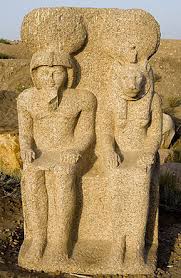
The artwork, often carved in stone or cast in bronze, highlights intricate details such as the pharaoh’s regalia, the goddess’s powerful posture, and hieroglyphic inscriptions praising the king and invoking Sekhmet’s protection. This combination of political authority and religious devotion illustrates how art was used in ancient Egypt to legitimize kingship and reinforce the symbiotic relationship between the pharaoh and the gods.










